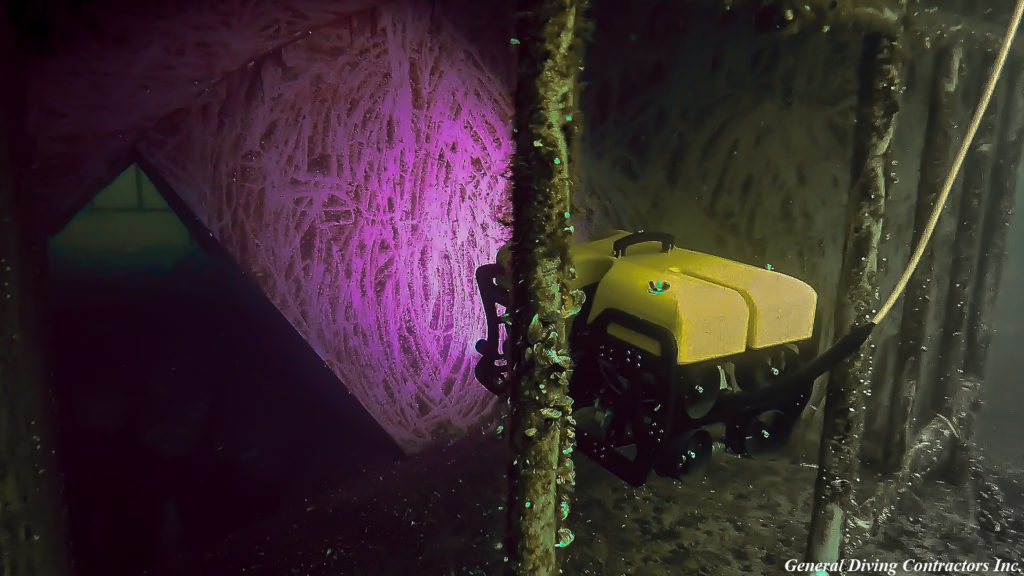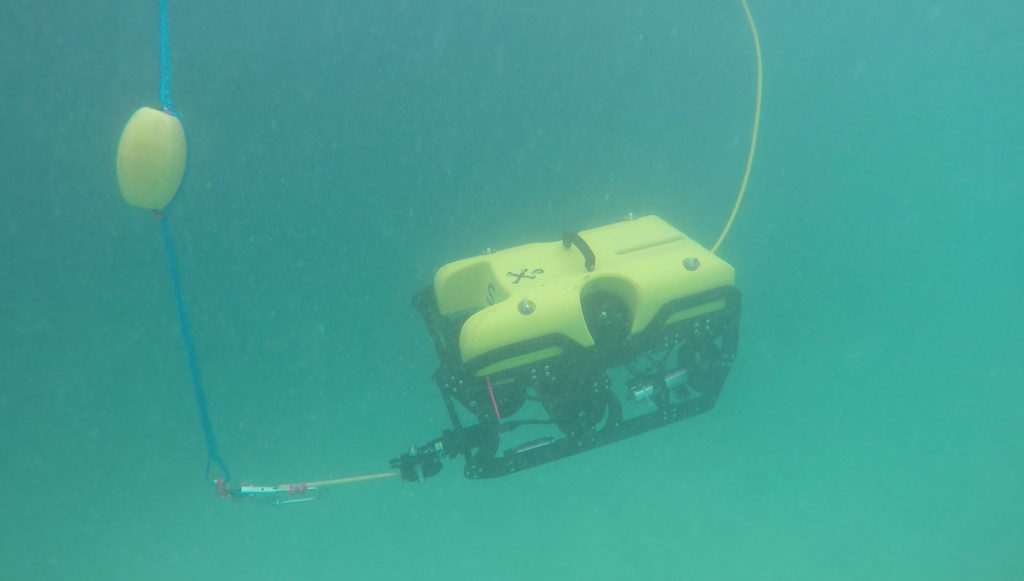Colors appear to change underwater due to the absorption and scattering of light as it passes through the water. Water acts as a “filter” for different wavelengths of light, and this filtering effect can alter the way colors are perceived. The main reasons that color changes underwater are absorption and scattering:
- Absorption. Water absorbs different colors of light to varying degrees. Longer wavelengths (like the SEAMOR yellow) are absorbed before shorter wavelengths (like the SEAMOR blue). As a result, when light travels deeper, it loses certain colors. In deeper water, only the blue and green colors survive, giving everything the stereotype sea-ish hue. When visibility is good that is.
- Scattering. Scattering can happen when light interacts with particles in the water. In other words the light can change direction and disperse, making objects appear less distinct and colors less vibrant. Blue light is scattered more than other colors, which contributes to the blue tint of underwater scenes.

The impact of these color changes on ROV inspection jobs and visibility can be significant.
Color Accuracy
ROVs often use cameras to capture images and videos of underwater structures and environments. The color changes underwater can affect the accuracy of these images, making it challenging to accurately assess the condition of objects and structures. Colors might appear dull or distorted, which could impact the ability to identify corrosion, damage, or other issues. One of the benefits of the SEAMOR cameras is that their various settings can accommodate different visibility conditions underwater. When that does not work, we work with sonars.
Visibility
The smaller available range of colors and the scattering of light can decrease visibility underwater. ROV pilots might struggle to differentiate between objects and make accurate judgments about distances or sizes. This can complicate tasks such as navigating through tight spaces, manipulating objects, or inspecting intricate details. All SEAMOR ROVs are equipped with lights to minimise these types of challenges.
Lighting Considerations
ROVs often use artificial lighting to illuminate their surroundings. The choice of lighting wavelength can influence how colors appear in images and videos. Some ROVs are equipped with adjustable lighting systems that can be tuned to provide the most accurate representation of colors, but this can be a technical challenge. More often than not, it makes more sense to focus on quality images for inspection jobs than to focus on pretty colours. High-quality lights, cameras and sonars are the go-to tools for SEAMOR inspection class ROVs.
Get in touch for a demo. Come see the deep like our ROVs do.

